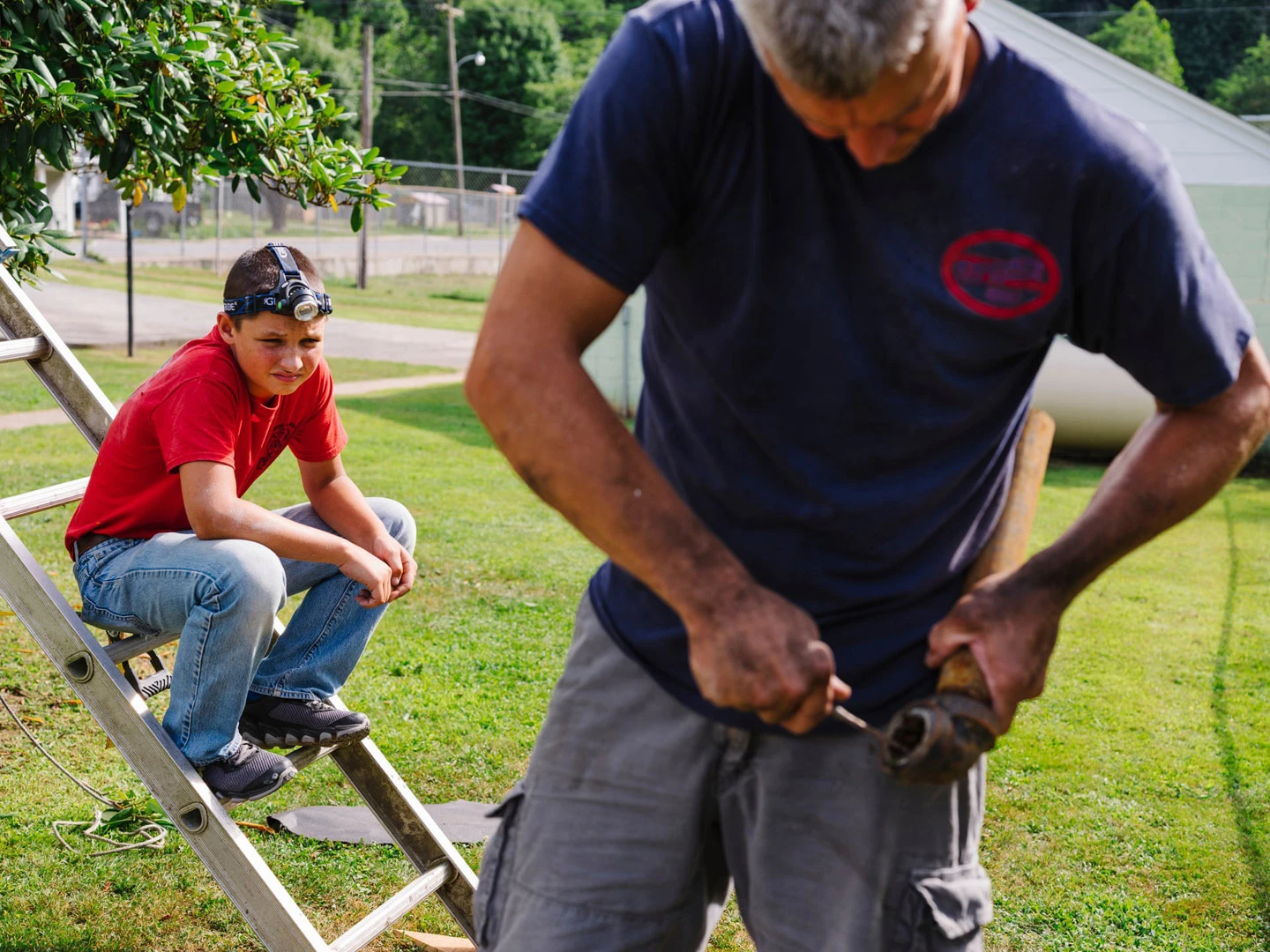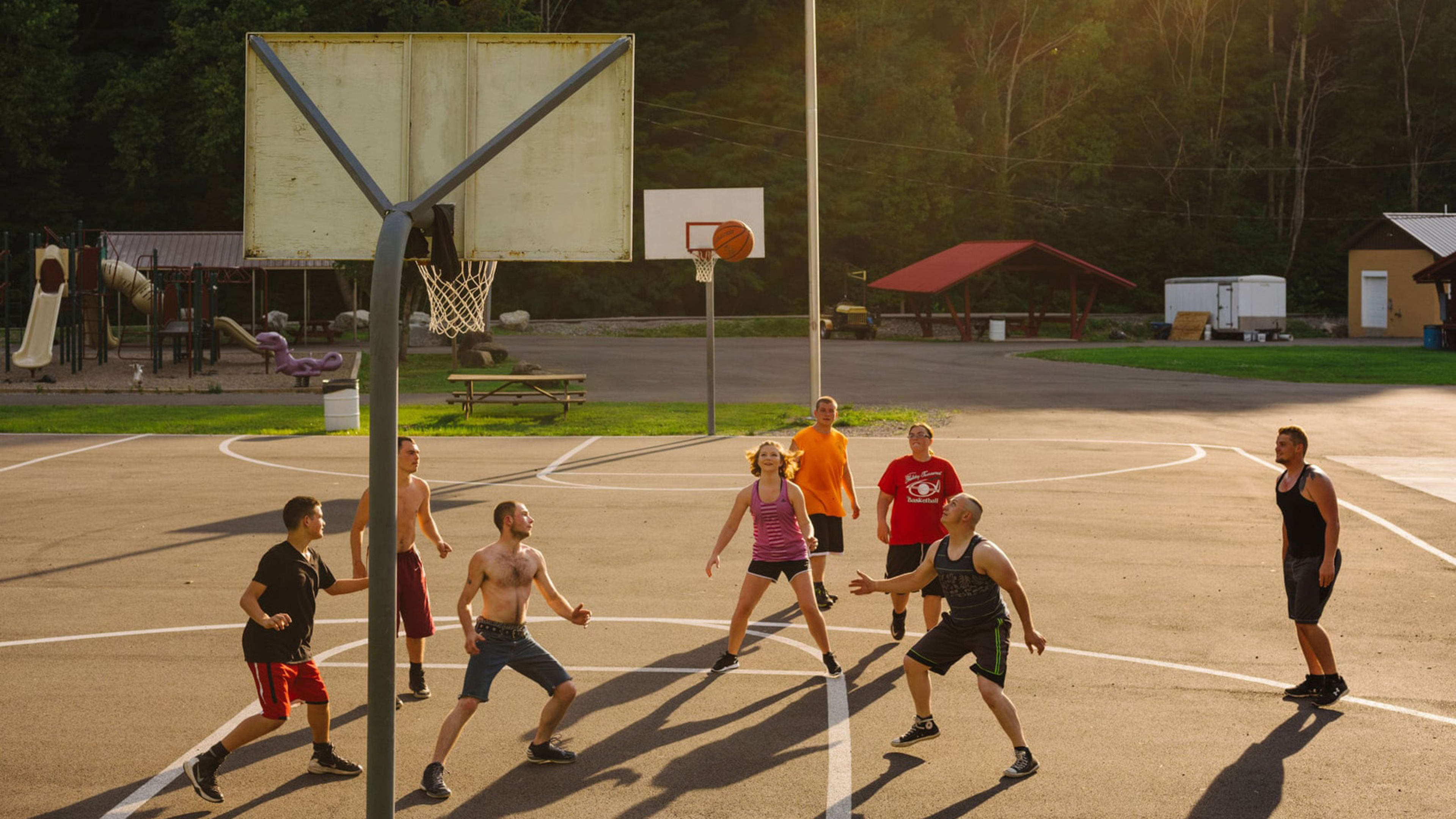There are the numbers: Around 40 million people live in poverty in the U.S., and at least 550,000 are homeless. An estimated one in seven people in the country will struggle with substance addiction.
A simple Google search will lets you find these statistics. They’re readily available, should anyone who writes about poverty in the U.S. need to reference them. But what the numbers don’t tell you is anything about the reality of the circumstances they measure.
The conversation around inequality and hardship in the U.S. has evolved and broadened in recent years—especially since the 2016 election—and with it, so has media coverage of these issues. But what’s still lacking, says Alissa Quart, executive director of the Economic Hardship Reporting Project, are the voices that inhabit inside these statistics.
EHRP was founded in 2012 by activist and author Barbara Ehrenreich to achieve a straightforward aim: highlight the voices of people from underrepresented backgrounds in media. The nonprofit does this by identifying writers, photographers, visual artists, and filmmakers with a unique, personal perspective on poverty, inequality, and hardship in the U.S.
Once EHRP begins working with a writer, they’ll fund their reporting process and work closely with them on editing and shaping their stories and work. When they’re finished, they’ll then pitch it out to publications like the The Guardian and The Washington Post, which will also pay the writer or photographer for running their work (Fast Company has also run some stories from the EHRP). While EHRP does also fund more traditional, in-depth journalism on issues of poverty in the U.S., its primary focus is on bringing the voices of people who have experienced the issues they write about to mainstream media. In 2018, EHRP placed 132 stories in various media outlets and expects that number to rise to over 160 by the end of 2019. In 2017, all their articles across all of their copublishers was 586 million page views.
To find their content, explains David Wallis, EHRP’s managing director, they’ll often receive referrals for writers and artists to work with through their network, or they’ll find people themselves at conferences or by scouring Twitter for compelling voices and perspectives. A recent example is a soon-to-be-published essay by the writer Karie Fugett, who is writing about her husband’s death by opioid overdose after serving in the military. Quart found Fugett’s story amid thousands of responses to a question the U.S. Army tweeted on Memorial Day asking: “How has serving impacted you?” and reached out to work with her on a broader essay for a wider audience.

Another recent recruit is Lori Yearwood, a formerly homeless journalist who began working with EHRP last year on features about poverty and homelessness, including one telling her own story in The Washington Post last October. And in May, The Guardian published a photo essay by Matt Eich, who worked with EHRP to capture images of West Virginia as a place people live, not simply as a flashpoint in a discussion around poverty or the troubles of the coal economy. By focusing on people who have lived at the center of crises and issues often told through the lens of statistics, EHRP enables them to use their writing and visual art to reclaim the discussion and build greater awareness and empathy around the reality of these circumstances.
EHRP—which is funded by grants from numerous philanthropies, including the Ford Foundation and Open Society Foundations—is fighting some inherent limitations of the media industry itself. The bulk of stable journalism jobs are centered in major cities and often at a remove from the issues—like rural poverty and addiction—to which EHRP aims to draw attention. The industry also often looks for internship experience, which poses a barrier to people from lower-income backgrounds because it often does not pay, or pays too little to sustain a person without additional financial support. “It freezes out people who don’t have means,” Wallis says. And even as newsrooms seek to diversify, candidates who have an “in” or know somebody at the publication are at an advantage.
Even though the mainstream media has made an effort in recent years to broaden its coverage of poverty and inequality, Quart says staffing in the newsrooms is not reflecting this shift. “So even when people are writing about class and poverty, it’s often still often inflected through this perspective of privilege or coming from money,” she adds. “They don’t have the intimacy with the subject matter that many of our contributors do.”
While many EHRP stories end up in publications like The Nation or The American Prospect, Quart is focused on trying to get stories into places you wouldn’t expect to see stories about poverty. Recently, the nonprofit placed a story by Bobbi Dempsey on watching her dog die because she couldn’t afford sudden and steep medical bill in The Bark, a magazine for dog owners. “We want to get these stories out to people who many not be reading about poverty or chronic causations of poverty very often,” Quart says.
The nonprofit acts as the bridge between the people with stories to tell and those who need to read them. As crises arising from inequality, climate change, and immigration in the U.S. come into the spotlight, EHRP wants to continue to identify and support people who can speak to them from a place of experience. “There’s a lot of pain in this country, and there’s no shortage of stories,” Wallis says.
Recognize your brand’s excellence by applying to this year’s Brands That Matter Awards before the early-rate deadline, May 3.
